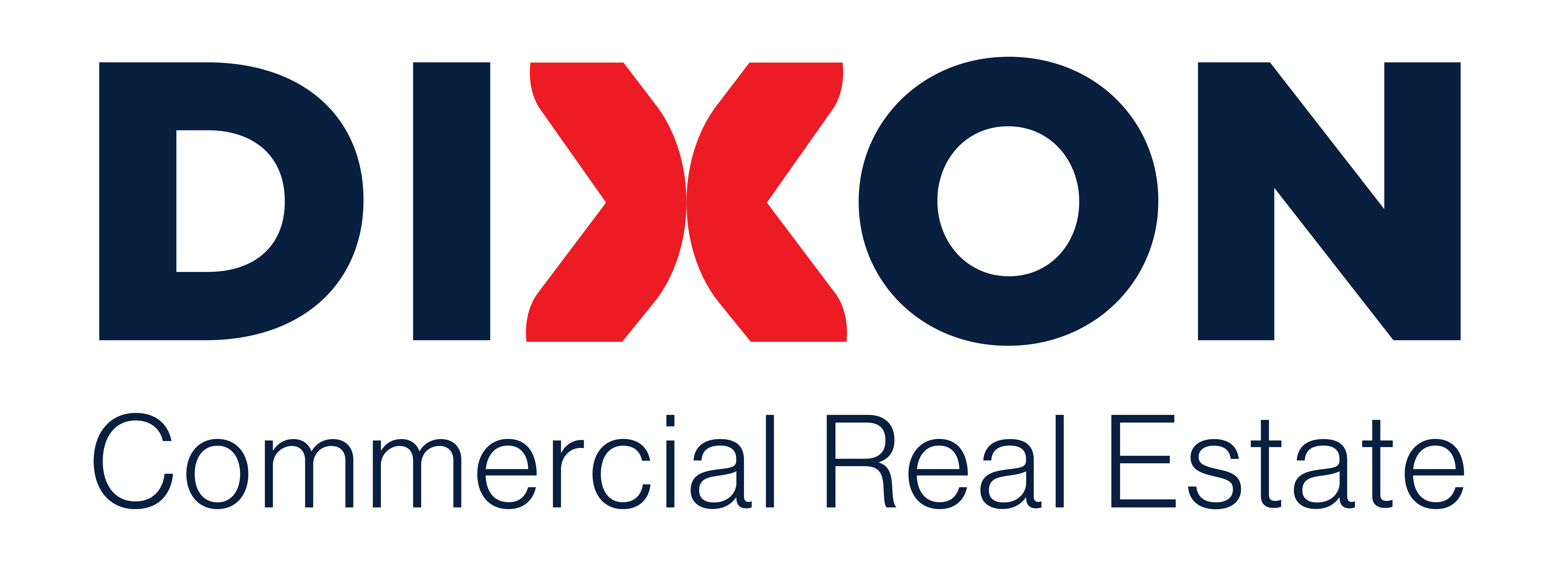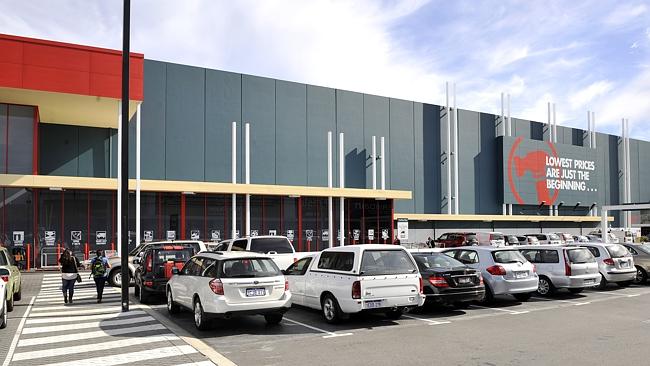RETIRED Adelaide doctor and grandfather Prahbash Goel is a family man.
That’s why he paid $10.95 million for Bunnings warehouse in Swan Hill last week, bought to set up his two daughters and five granddaughters for life.
He is one of a large number of mum-and-dad investors turning to the commercial property market, snapping up everything from pubs and bottle shops to childcare centres and even digital billboards.
“A lot of these properties in the $10 million range are being bought up by small people,” Dr Goel told news.com.au
“It is very risky, but a lot of people are getting into it.”
Unlike with residential property, the benefit of being commercial landlord is that tenants are often the one who must pay rates, land tax and insurance.
And while commercial properties tend not to dramatically increase in value the way houses do, low management input and overheads mean that net rental yields are higher.
An old hand at commercial property sales, Dr Goel said the Bunnings purchase had been “very highly contested” at the Burgess Rawson portfolio auction in Melbourne.
The reason for its appeal, he said, was a combination of reputable brand, strong business model, a 12-year lease and the relative ease of managing a passive investment with low overheads.
“Bunnings is a good, stable business,” he said, putting great store in the fortunes of a company that services Australia’s national pastime of home improvement.
“I find that it is a good investment. We used to have a hardware store around the block; not anymore. You want to buy a packet of nails? You go to Bunnings.”
Dr Prahbash Goel has bought two Bunnings stores for his daughters and granddaughters. Source: NewsComAu
The tenant will pay Dr Goel’s family $558,450 a year in rent, a yield of 5.1 per cent, which although historically low is significantly higher than residential rents.
“I’ve got residential properties and the yield is 3-3.5 per cent after rates, tax etc,” Dr Goel said.
“And then you pay capital gains when you sell them.”
It is not the first time the retired doctor and aged care entrepreneur has splashed out on a hardware superstore.
Dr Goel paid $21.3 million for a Bunnings in Ballina last year, also for his family.
“I might be buying more,” he said.
But for those who want to dabble in the sector, factor in the possibility that interest rates will rise, cutting into rental yield.
Burgess Dawson director of valuers Tim Perrin said poor returns on cash and bonds made commercial property extremely appealing to mum-and-dad investors in today’s economic climate.
“There are a lot of private investors in the market looking at commercial property, and
that’s being encouraged in part by self-managed superannuation,” he said.
“People are buying them for long term security, so ‘it’s in my super fund and I know every year it will pay me $400,000’.”
Whereas locking up cash in a 10-year bond account once yield 16 per cent interest, these days it’s below three per cent.
And with housing prices at record highs, “you can’t get a five per cent rental yield on residential”.
This Melbourne billboard’s new owner is raking in $357,000 in rent after paying $3.05 million for it. Source: NewsComAu
“We sell commercial properties from the low $100,000 range to the tens of millions of dollars. There are an amazing number of investors with that kind of money.”
From corner shops to convenience stores, supermarkets, bottle shops, hotels, childcare centres and cafes, the possibilities are endless.
But commercial properties can be a risky investment, so do your research to establish the viability of the tenanted business.
The biggest risk is losing a tenant, because it can take months or more than a year to find a new one.
And commercial properties do not quickly double in value the way houses do; they are purchased for cashflow, not capital gains.
Properties with long-term leases to major retailers like Coles, Woolworths, Bunnings and Dan Murphy’s were highly sought after, Mr Perrin said, and investors should expect to pay at least $4 million for one of these prime assets.
On the riskier side of the equation, unusual properties — like a digital billboard overlooking Melbourne’s Flinders St, which sold for $3.05 million to a private investor in Melbourne — could pay off big for those willing to gamble.
Mr Perrin said the sale price for the billboard “was always going to be an interesting question — we hadn’t sold a sign before.”
With a whopping 11.7 per cent rental yield, the sign’s new owner will rake in $357,000 a year from their new tenant, a major advertising company, no further effort required.
news.com.au

